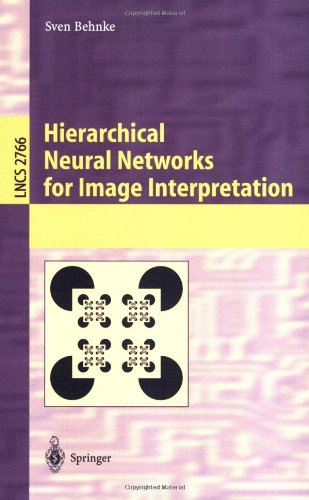

Most ebook files are in PDF format, so you can easily read them using various software such as Foxit Reader or directly on the Google Chrome browser.
Some ebook files are released by publishers in other formats such as .awz, .mobi, .epub, .fb2, etc. You may need to install specific software to read these formats on mobile/PC, such as Calibre.
Please read the tutorial at this link: https://ebookbell.com/faq
We offer FREE conversion to the popular formats you request; however, this may take some time. Therefore, right after payment, please email us, and we will try to provide the service as quickly as possible.
For some exceptional file formats or broken links (if any), please refrain from opening any disputes. Instead, email us first, and we will try to assist within a maximum of 6 hours.
EbookBell Team

4.8
64 reviewsHuman performance in visual perception by far exceeds the performance of contemporary computer vision systems. While humans are able to perceive their environment almost instantly and reliably under a wide range of conditions, computer vision systems work well only under controlled conditions in limited domains.
This book sets out to reproduce the robustness and speed of human perception by proposing a hierarchical neural network architecture for iterative image interpretation. The proposed architecture can be trained using unsupervised and supervised learning techniques.
Applications of the proposed architecture are illustrated using small networks. Furthermore, several larger networks were trained to perform various nontrivial computer vision tasks.